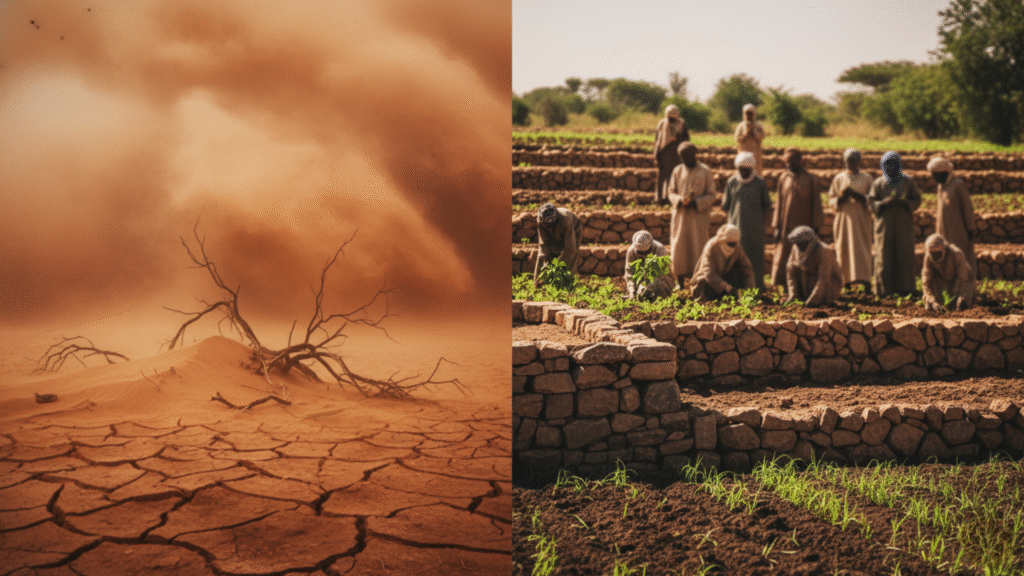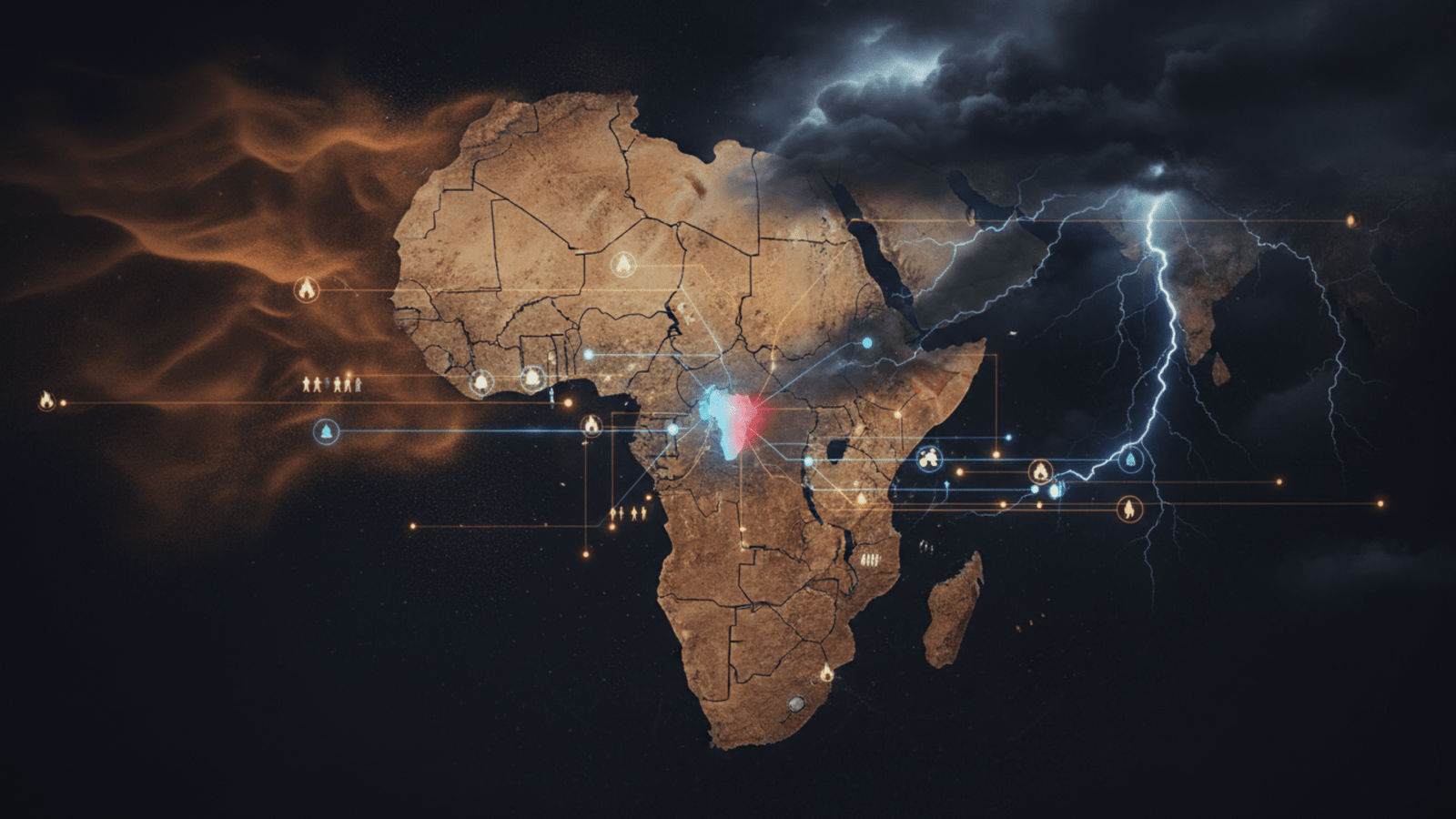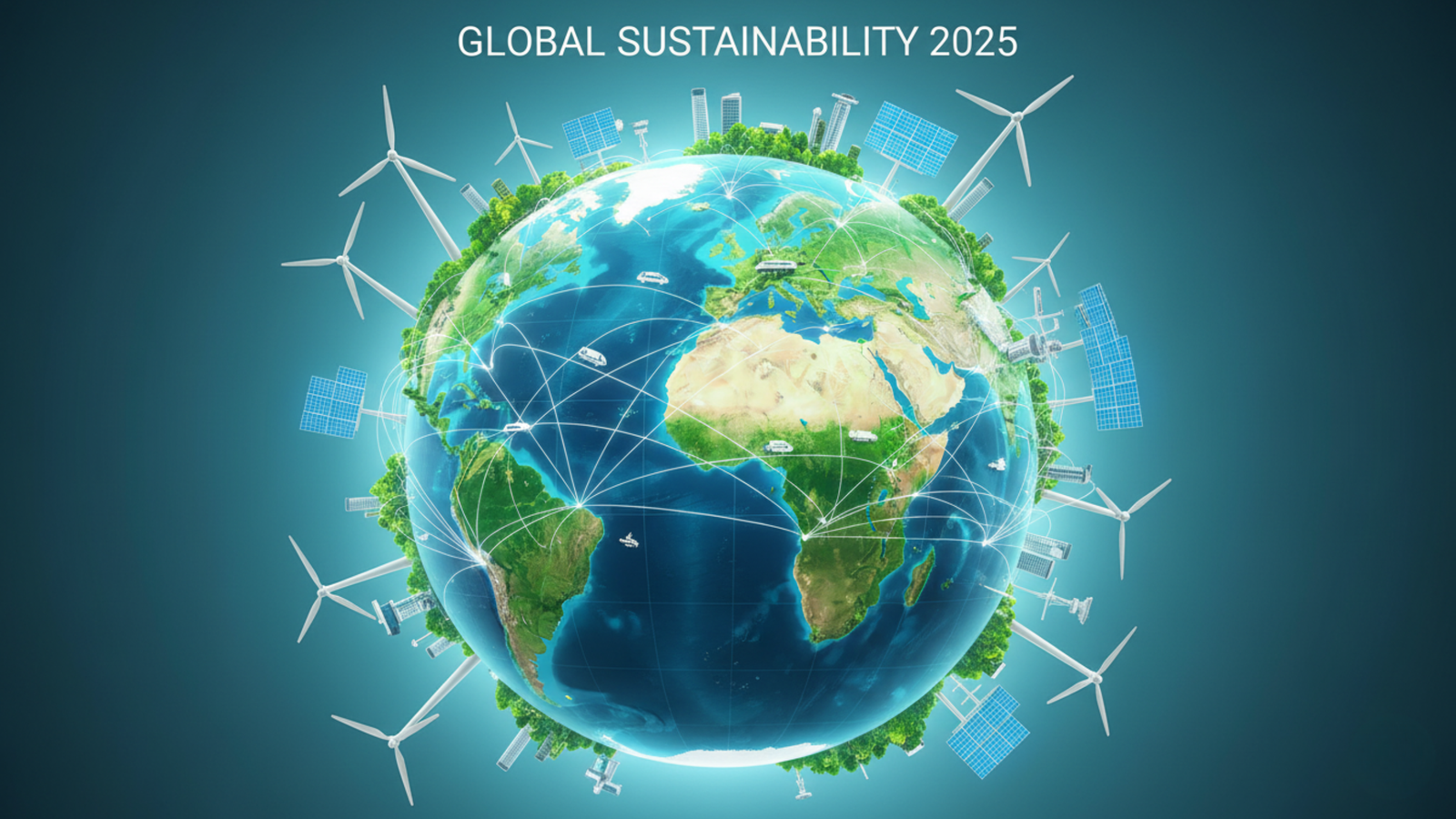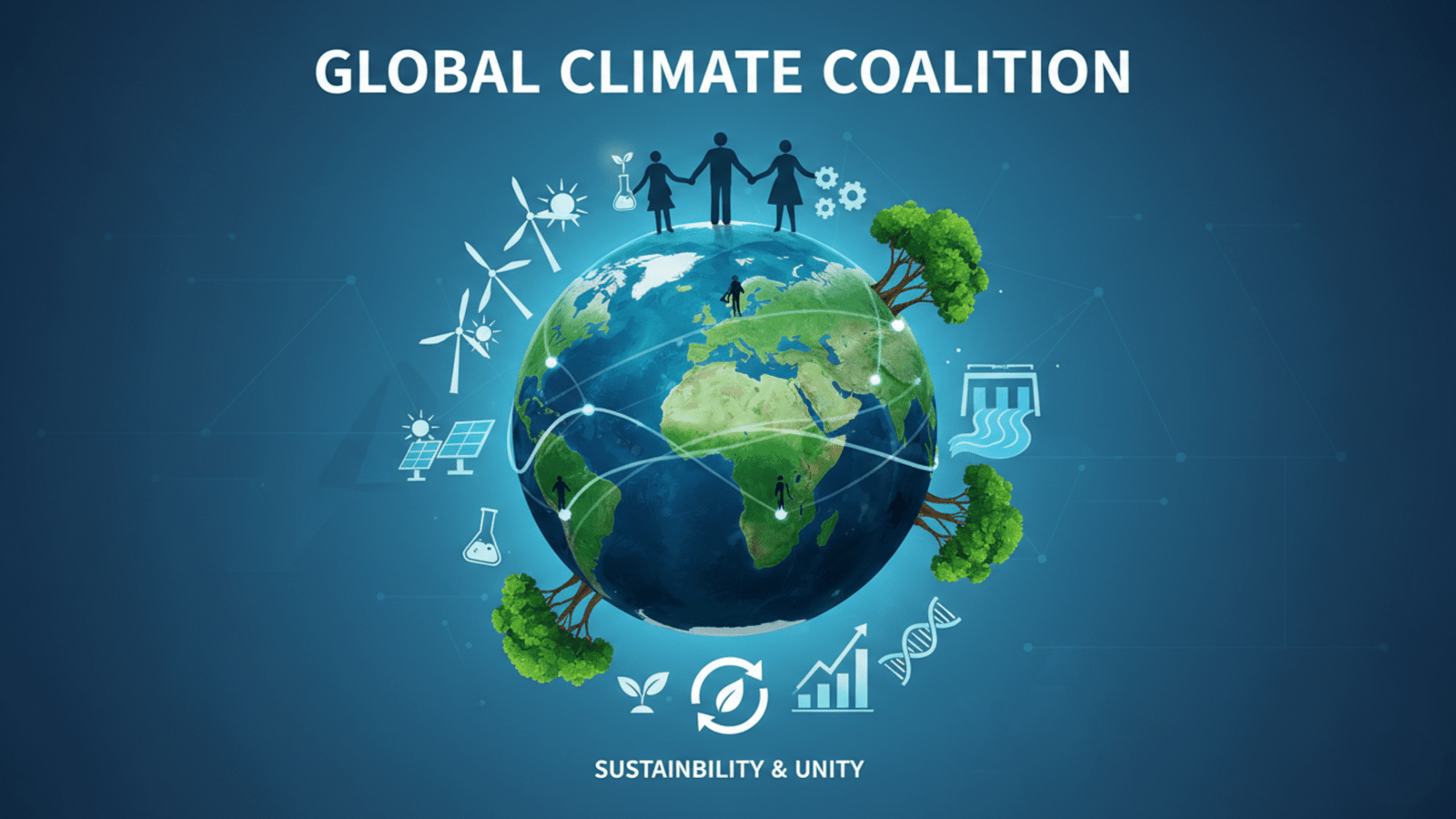Adaptation Finance Now: Why COP 30 Must Prioritize in Africa

By Maryan Osman Muhiadin
Salmurux News Media | October 2025
Adaptation Finance Now: Why COP 30 Must Prioritize in Africa Specially in Horn of Africa
The global climate dialogue is often dominated by distant mitigation targets, yet for communities in the Horn of Africa, the crisis is immediate, devastating, and disproportionately funded. As the world looks ahead to COP 30 in Brazil, the core question remains: Will developed nations finally bridge the massive chasm between promised climate finance and the funds desperately needed for local adaptation and drought resilience?
The current reality is one of profound climate injustice. Nations like Somalia, which have contributed negligibly to historical emissions, bear the brunt of increasingly severe and prolonged droughts. These events are not isolated; they are catalysts for internal displacement, food insecurity, and socio-economic instability. While billions are pledged for global Green Funds, complex bureaucracy and structural barriers mean that only a trickle reaches the frontline communities where it could save lives and livelihoods.
The Broken Link: From Pledges to Projects

The architecture of global climate governance is currently failing the most vulnerable. Adaptation projects—measures taken to prepare for and adjust to the effects of climate change—are chronically underfunded compared to mitigation efforts (reducing emissions). Furthermore, the financial vehicles used often favor loans over grants, increasing the sovereign debt burden on countries already struggling with the immediate costs of climate disaster.
To secure genuine drought resilience in the Horn of Africa, global financial mechanisms must undergo a radical reform. The focus must shift from centralized, bureaucratic approval processes to direct access funding mechanisms. This empowers local institutions, non-governmental organizations, and regional bodies to rapidly implement tailor-made adaptation projects—from water harvesting infrastructure to early warning systems—without waiting years for multilateral approval.
A Path to Climate Justice on the COP 30 Agenda
COP 30 must serve as a landmark moment to recalibrate this imbalance. Success in Belém hinges on establishing clear, measurable pathways for adaptation finance that bypass traditional bureaucratic bottlenecks. Specifically, negotiations must:
- Simplify Disbursement: Commit to drastically reducing the application and approval time for adaptation grants aimed at the Least Developed Countries (LDCs).
- Scale Local Solutions: Prioritize investment in Nature-Based Solutions (NBS), such as restoring degraded lands and promoting sustainable resource management, which offer cost-effective, long-term resilience benefits.
- Acknowledge Loss and Damage: Fully operationalize the Loss and Damage Fund, ensuring it provides adequate compensation for unavoidable losses already experienced by climate-vulnerable nations, thereby moving the dial on climate justice.
Adaptation
The adaptation imperative is clear: investing in the resilience of the Horn of Africa is not merely an act of aid, but an essential component of global economic stability and humanitarian duty. For the millions whose lives hang in the balance, the time for pledges is over; the era of performance and priority must begin at COP 30.




One thought on “Adaptation Finance Now: Why COP 30 Must Prioritize in Africa”